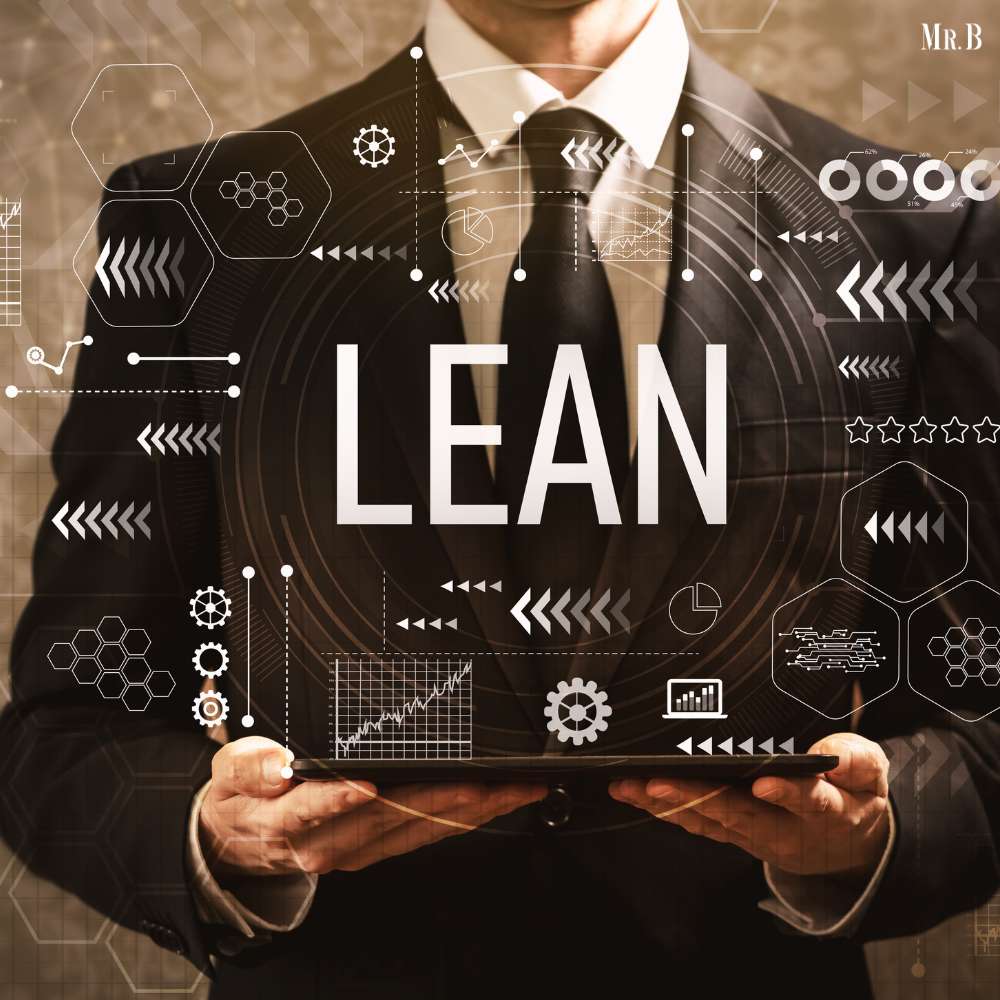Lean manufacturing is a term that has gained significant traction in the world of manufacturing and production. It’s not just a buzzword; it’s a proven methodology that has helped countless organizations streamline their production processes, reduce waste, and ultimately boost efficiency. In this article, we’ll delve into the concept of lean, its principles, and how it plays a pivotal role in streamlining production for greater efficiency.
Understanding Lean Manufacturing
Lean manufacturing, often referred to simply as “lean,” is a systematic approach to eliminate waste from production processes while ensuring that value is continuously delivered to the customer. It originated from the Toyota Production System (TPS) and has since been adopted by industries worldwide.
The core principle of lean is to focus on maximizing value while minimizing waste. Waste, in the context of lean, is anything that does not add value to the final product. These wastes are often categorized into seven types:
1. Transportation: Unnecessary movement of materials or products.
2. Inventory: Excess raw materials, work-in-progress, or finished goods.
3. Motion: Unnecessary or excessive movement by employees.
4. Waiting: Idle time during which no value is being added.
5. Overproduction: Producing more than what the customer demands.
6. Overprocessing: Adding more features or processes than necessary.
7. Defects: Products that do not meet quality standards, leading to rework or scrap.
The Principles of Lean Manufacturing
Lean is guided by several fundamental principles that help organizations achieve greater efficiency:

1. Value Stream Mapping
Value stream mapping involves creating a visual representation of the entire production process, from raw materials to the finished product. This helps identify areas of waste and inefficiency so they can be targeted for improvement.
2. Just-in-Time (JIT) Production
JIT production is about producing only what is needed when it’s needed. This reduces inventory levels and the associated costs, as well as the risk of overproduction.
3. Continuous Flow
Instead of batch processing, lean manufacturing promotes continuous flow production, where products move smoothly through the production process with minimal interruptions or delays.
4. Pull Systems
A pull system ensures that production is driven by customer demand rather than pushing products into the market. This reduces the risk of overproduction and excess inventory.
5. Standardized Work
Standardized work involves documenting and following best practices to ensure consistency in processes. This leads to greater efficiency and higher quality.
6. Kaizen (Continuous Improvement)
Kaizen is the philosophy of continuous improvement. It encourages employees at all levels to seek ways to improve processes incrementally, making small changes that add up to significant improvements over time.
7. Jidoka (Autonomation)
Jidoka is the principle of giving machines and workers the ability to stop production if a defect is detected. This prevents the production of defective products and ensures quality.
Lean Manufacturing in Action
Now that we’ve covered the principles of lean, let’s explore how it helps streamline production for efficiency:
1. Waste Reduction
Lean manufacturing identifies and eliminates waste in all its forms. By doing so, it reduces costs associated with excess inventory, unnecessary transportation, and overproduction. This cost savings translates into improved profitability.

2. Improved Quality
Quality is a critical aspect of lean. By focusing on producing only what the customer needs and reducing defects through standardized work and jidoka, the quality of the final product is greatly enhanced. This, in turn, reduces rework and customer complaints.
3. Faster Lead Times
Lean manufacturing puts an emphasis on the importance of continuous flow and JIT production. This means that products move through the production process more quickly, reducing lead times and allowing organizations to respond faster to changes in customer demand.
4. Increased Productivity
Efficiency is a hallmark of lean. By eliminating waste and streamlining processes, organizations can achieve higher levels of productivity with the same resources. This can result in increased output without the need for additional investments in machinery or labor.
5. Greater Employee Involvement
Lean manufacturing encourages employees at all levels to actively participate in the improvement process. This not only leads to better ideas for process improvement but also fosters a culture of continuous learning and development.

6. Cost Savings
Lean manufacturing’s emphasis on waste reduction, efficient processes, and improved quality directly contributes to cost savings. These savings can be substantial and can significantly impact an organization’s bottom line.
Challenges of Implementing Lean
While the benefits of lean manufacturing are clear, it’s essential to acknowledge that implementing lean principles can be challenging. Some common challenges include:
1. Resistance to Change: Employees and management may resist changes to established processes.
2. Resource Allocation: Implementing lean practices may require investments in training and process redesign.
3. Cultural Shift: Achieving a culture of continuous improvement can take time and effort.
4. Measurement and Monitoring: Organizations must develop metrics to track the impact of lean initiatives.
5. Supplier Involvement: Lean principles extend beyond an organization’s walls and often require collaboration with suppliers.
Conclusion
More than just a buzzword, lean manufacturing is a powerful approach that can transform production processes and drive greater efficiency. By focusing on eliminating waste, improving quality, reducing lead times, and involving employees in continuous improvement efforts, organizations can reap substantial benefits.
However, it is important to note that implementing lean principles may present challenges, but the long-term rewards in terms of cost savings, customer satisfaction, and competitiveness in the market make it a worthwhile endeavor for any manufacturing organization looking to streamline production for efficiency through lean.







